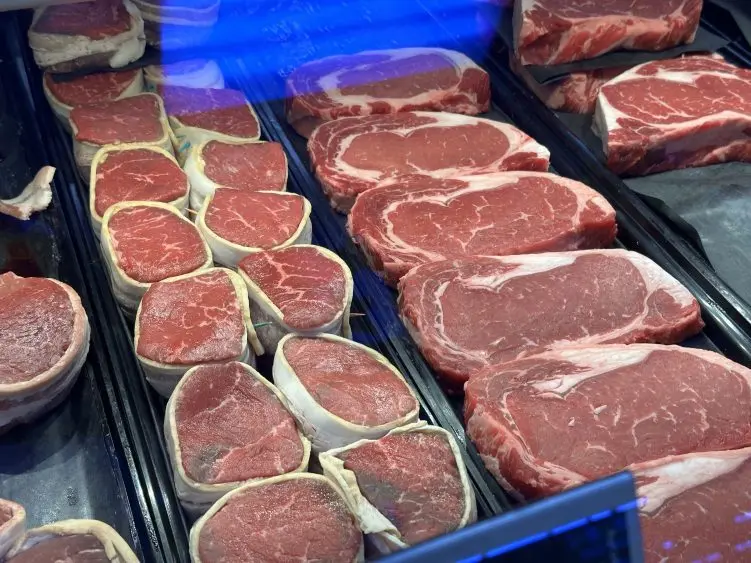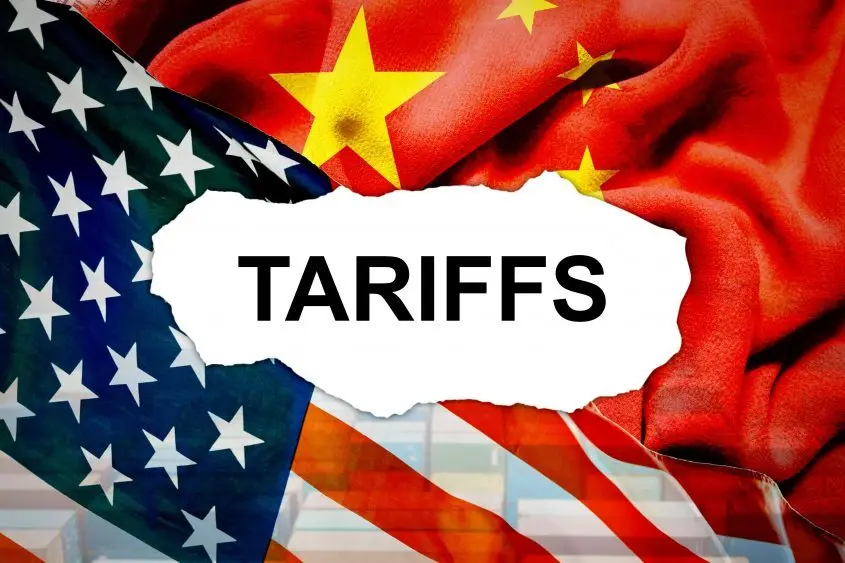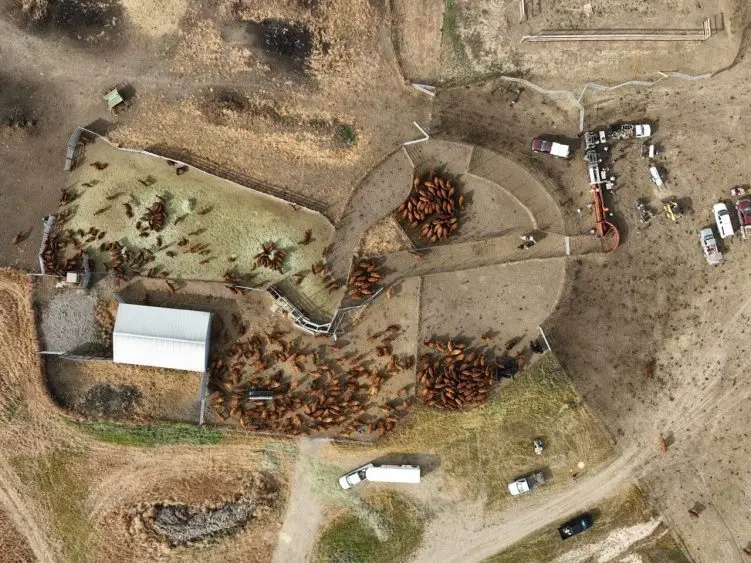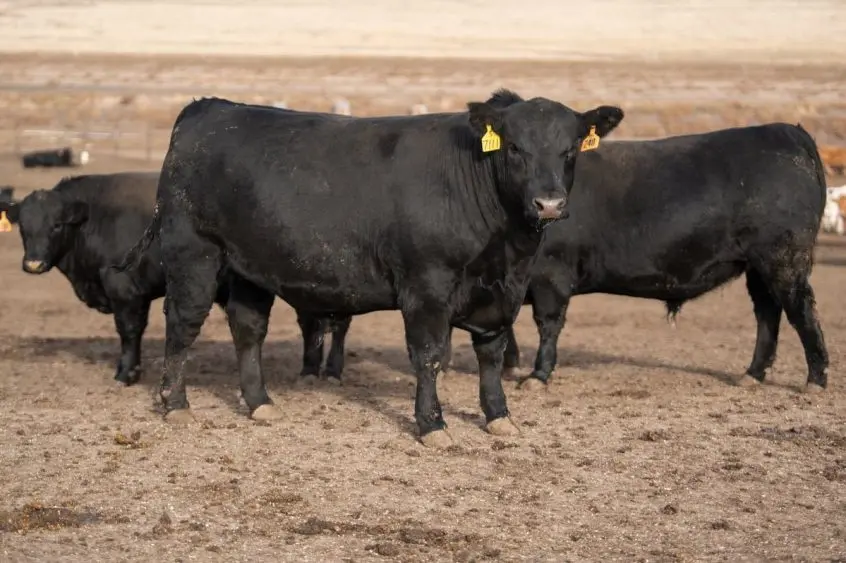
Ten years after Congress stripped away mandatory country-of-origin labeling for beef, the issue has resurfaced at the center of a political, economic, and philosophical clash over who benefits—and who loses—in the modern cattle industry. Lawmakers and rancher groups are again pressing Washington to restore origin labels to U.S. beef, saying consumers are being misled and domestic producers undercut. Meanwhile, meatpackers, trade groups, and some policymakers warn that any return to mandatory COOL risks costly trade retaliation, supply chain disruption, and higher grocery prices.
The latest flashpoint came after President Trump proposed purchasing beef from Argentina to supplement domestic supplies—a move announced just days after the United States agreed to a $20 billion financial bailout for Argentina. The proposal, meant to ease retail prices, set off alarms across cattle country and instantly revived calls for Congress to act on labeling reform.
The renewed push stems from a long-standing frustration: under current rules, beef from cattle born or raised abroad can be imported, processed in a U.S. plant, and sold with a “Product of USA” label. Rancher groups call that deceptive. Consumer research shows most shoppers assume the phrase means cattle lived their entire life on U.S. soil. Lawmakers from cattle states argue that without origin labeling, American producers lose a key way to distinguish their product in a consolidated market.
USDA attempted to address those concerns in 2024, finalizing a rule that limits “Product of USA” claims to meat from animals born, raised, slaughtered, and processed domestically. The rule takes effect in 2026. Supporters see it as progress, but many producers say voluntary labels still leave too much room for confusion—and too much power in the hands of packers.
A Flashpoint Over Argentine Beef
In South Dakota, Stock Growers Association executive director Doris Lanning said the proposal to import Argentine beef underscored why mandatory country-of-origin labeling, or MCOOL, should return. Lanning argued that the debate has been clouded by foreign beef entering the market without clear identification.
“The only thing that I can see is, yes, you might go to the beef counter, you might be able to buy beef, but here is where the MCOOL would certainly come into effect,” she said. “If we had ‘Product of the U.S.’ labels—born, bred, raised, and slaughtered here—our consumers deserve to know that. They need to know if this cheap beef is going to come from Argentina or Brazil or someplace else. Hoping that MCOOL will become effective and law, I think that would be the only good outcome of this purchasing of some beef for lower prices at the counter.”
Not everyone in the state agrees. Warren Simons, president of the South Dakota Cattlemen’s Association, said MCOOL supporters have long overstated its impact on prices and demand. “Forever, proponents of MCOOL said prices would get better if we just had MCOOL,” he said. “Well, now we haven’t had MCOOL for 10 years and prices are at all-time highs. Consumers have shown time and time again that where they get it from is far down on their priority list—it’s price, safety, quality. That’s what drives beef demand.”
Simons added that niche and local programs already let consumers choose origin-specific products. “Our members have always recognized that choice is there,” he said. “Slapping a label on the rest of the beef case isn’t going to change demand.”
South Dakota Congressman Dusty Johnson said he shares concerns about volatility created by the Argentine proposal but remains skeptical of federal intervention. “I start with some pretty significant questions. I start as a skeptic,” he said. “Prices are good now, but there are plenty of years when cattle folks have terrible prices. It’s often best to let markets work when you can. Right now, the high price is telling producers to add some inventory… But when we have headlines like this, it just makes things unpredictable.”
Johnson said he wants to see the administration’s details before judging the plan. “I don’t think this is good long-term for the American beef supply,” he said. “What we really need is more American beef, not more Argentinian beef in the American marketplace.”
A Policy With a Long Shadow
Country-of-origin labeling was first authorized in 2002 and took effect for beef in 2008, requiring packages to disclose where cattle were born, raised, and slaughtered. Canada and Mexico challenged the rule at the World Trade Organization, claiming it discriminated against their livestock. In 2015, the WTO agreed and approved more than $1 billion in retaliatory tariffs on U.S. goods. Congress repealed the requirement for beef and pork days later.
To ranchers, the repeal was a surrender to global meatpackers. To packers and trade advocates, it was a necessary correction to preserve exports and price stability. That divide has never closed.
Recent Legislative Push
The American Beef Labeling Act of 2025, reintroduced earlier this year with bipartisan backing, would reinstate mandatory COOL and require clear disclosure of where cattle were born, raised, and slaughtered. Supporters—including Sens. Jon Tester and John Thune—frame the measure as a transparency issue for consumers and a competition issue for ranchers.
Lobby groups such as R-CALF USA, the U.S. Cattlemen’s Association, and others have made MCOOL their top priority for the next farm bill, arguing that restoring origin labels would bring value back to the domestic herd and rebuild consumer trust.
Opposing them are major processors and trade groups including the National Cattlemen’s Beef Association and the North American Meat Institute. They say mandatory COOL would invite new trade retaliation, create costly record-keeping requirements, and push retail prices higher.
These groups prefer the voluntary USDA standard, saying it preserves flexibility without disrupting trade.
USDA’s 2024 rule tries to satisfy both camps. It doesn’t make labeling mandatory but restricts “Product of USA” to meat fully sourced and processed domestically. Supporters call it a long-overdue fix for misleading marketing. Critics say it will confuse consumers and complicate processing logistics.
Beyond labeling, the fight reflects deeper questions about consolidation, pricing power, and the identity of American beef in a global market. To ranchers, COOL is one of the few ways to compete on identity rather than scale. To packers, it threatens supply efficiency. For Congress, it’s a test of whether U.S. farm policy can prioritize both market access and producer equity.



